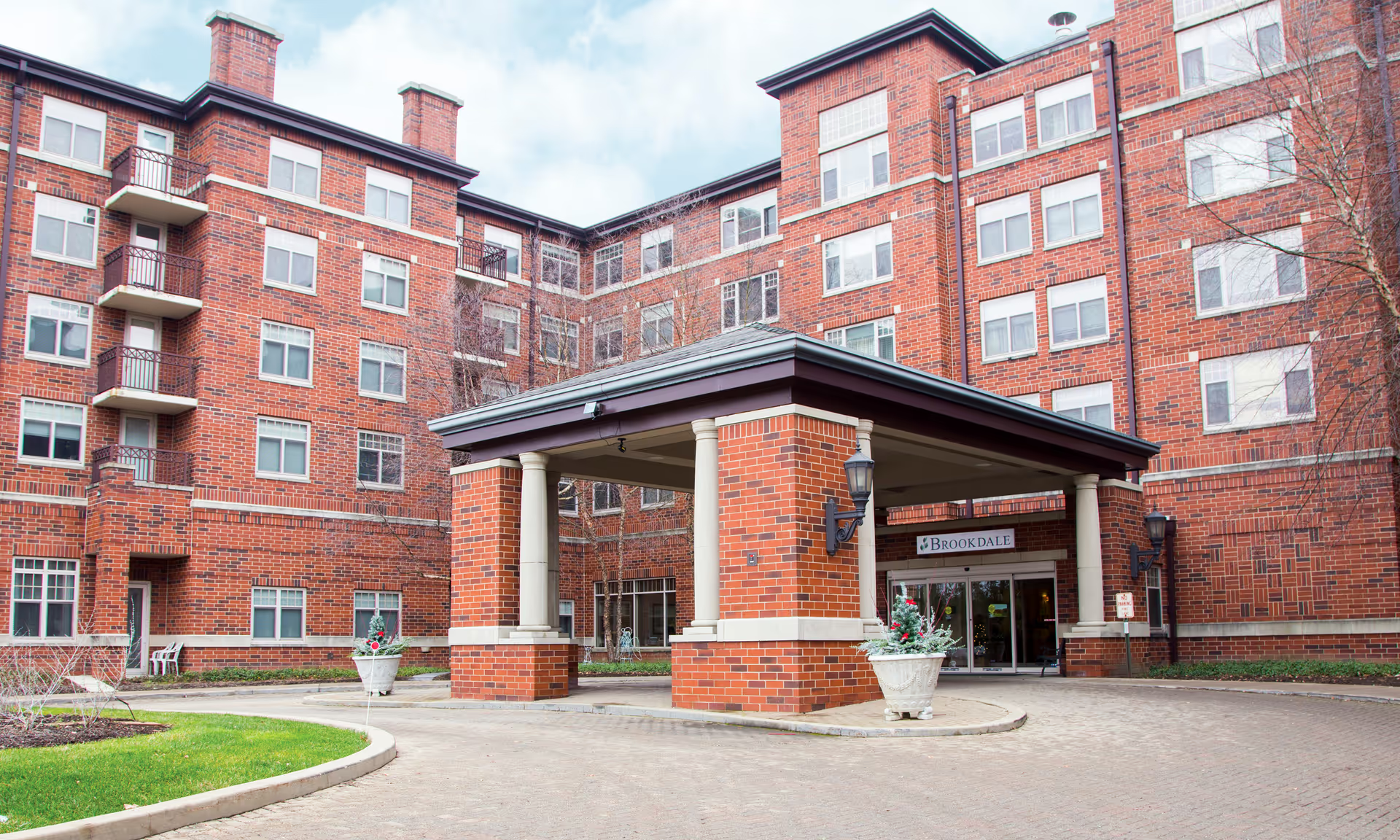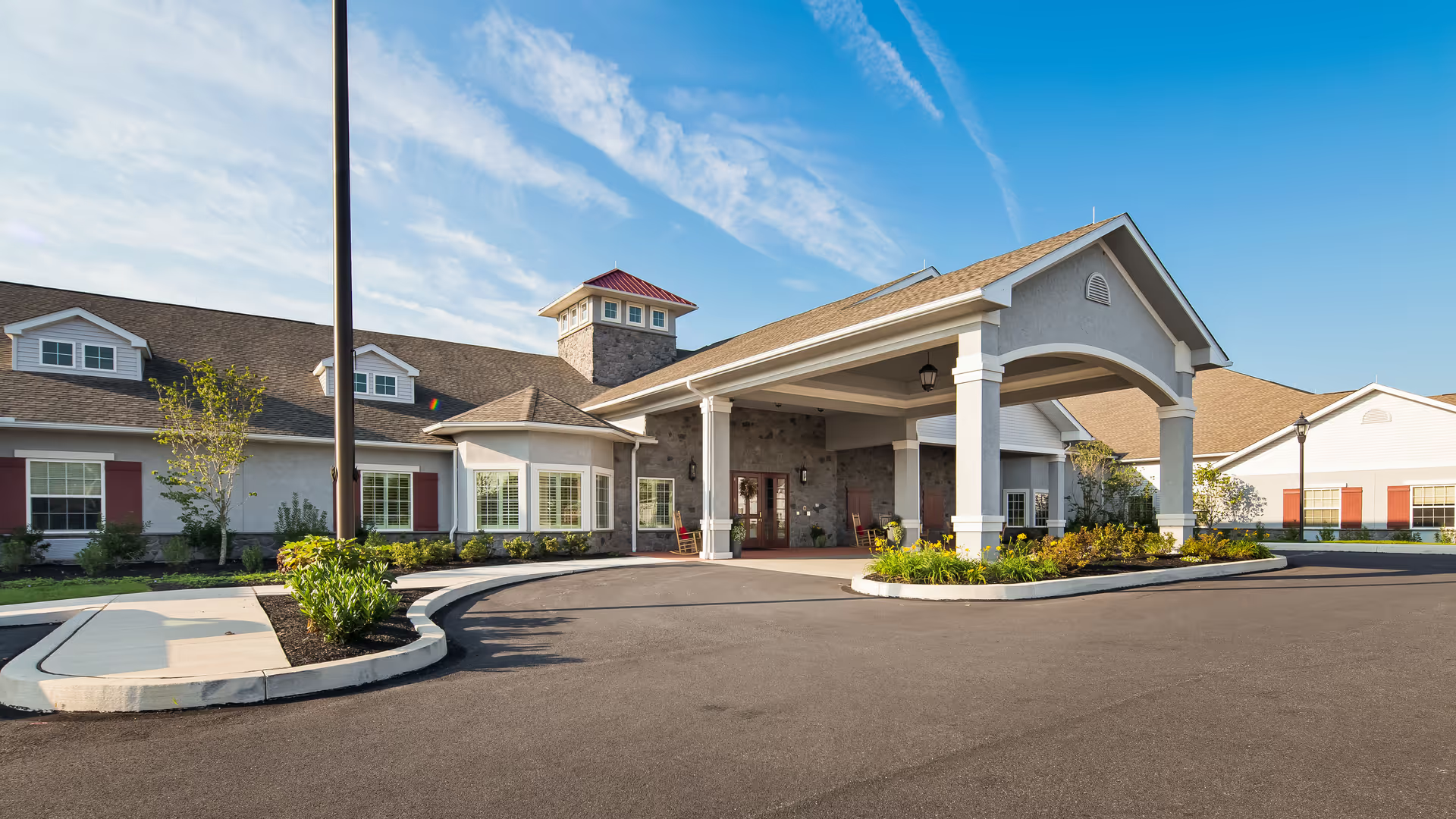Overall sentiment: The reviews present a strong predominance of serious negative experiences with Hermitage Retirement Center, focused on allegations of neglect, unsafe conditions, and poor facility upkeep. While a small number of reviewers report positive personal experiences—mentioning friendly staff and residents and satisfactory care for one or more family members—the bulk of the summaries raise multiple severe concerns about the quality of care, safety, hygiene, and management responsiveness.
Care quality and safety: Multiple reviewers allege neglectful care with extreme examples such as residents described as malnourished ('skin and bones'), chemical restraint, and at least one reported resident death that reviewers attribute to negligence. There are reports of unsupervised or inadequately supervised incidents despite the facility's claim of 24-hour supervision; reviewers mention near-miss incidents captured on camera and other evidence of lapses in monitoring. Memory care is singled out repeatedly for problems—complaints include neglect, basic operational failures (for example, cable service in memory care being disconnected), and a broader pattern of inattention to residents with cognitive impairment. Several accounts suggest routine failure to respond to calls for help, leaving residents unattended or in unsafe situations.
Staff, management, and communication: Reviewers consistently criticize staff competence and staffing levels, describing personnel as incompetent or insufficient in number to meet residents' needs. Management is characterized as dismissive or unconcerned by some reviewers, with specific complaints that the director ignored serious issues. Families report poor communication about incidents and about the facility's overall competence, which exacerbates distrust. Multiple reviewers also state that complaints to external or regulatory agencies received no effective response, indicating a perceived lack of accountability or follow-through from oversight bodies.
Facility conditions and maintenance: Cleanliness and maintenance problems recur across reviews. Specific descriptions include dirty medical gloves on the floor, bugs on walls, unpleasant smells, and generally rundown conditions. Grounds and interior maintenance are described as neglected—walls banged up, upkeep poor, and a general 'dump' characterization by some reviewers. Essential repairs and resident property issues (for example, broken eyeglasses not being fixed) are also cited. These maintenance and hygiene problems raise concerns about infection control, resident dignity, and overall livability.
Dining, amenities, and daily living: Reviewers raise concerns about basic aspects of daily living, such as dining practices (use of paper plates and plastic forks in the dining hall) that suggest cost-cutting or minimal service standards. Such details are used by reviewers to illustrate broader worries about the facility not meeting expected standards for mealtimes, nutrition, and resident comfort.
Patterns and notable incidents: The collection of summaries points to recurring themes: reports of malnutrition, claims of chemical restraint, neglect in memory care, and specific, graphic examples of unsanitary conditions. Several reviewers describe incidents serious enough to prompt camera evidence or near-miss reporting, and at least one review states that the state agencies failed to respond to complaints. These patterns, when combined, suggest systemic issues rather than isolated lapses in service for many reviewers.
Contrasting experiences: It is important to note that there are isolated positive comments—some families found staff friendly, residents pleasant, and had satisfactory outcomes for certain relatives. One or more reviewers explicitly state that things are 'working out great' for their family member. This contrast indicates inconsistent care quality: some residents may receive adequate or even good care while others experience serious problems. Such variability can point to uneven staffing, inconsistent policies, or differing expectations and experiences among families.
Implications and recommendations: Based on the reviews, prospective residents and families should exercise caution and conduct thorough, current investigations before placement. Recommended steps include in-person visits at varied times of day, direct conversations with care staff and management about staffing ratios and incident response procedures, reviewing recent inspection reports and regulatory actions, asking about nutrition plans and dignity-respecting restraint policies, and requesting to review any camera or incident logs where applicable. Families currently with loved ones at the facility should document concerns, escalate promptly to licensing or ombudsman channels, and consider alternative placements if immediate safety or nutrition issues are evident.
Summary conclusion: The dominant narrative from these reviews is one of serious and recurring deficiencies—neglect, hygiene and maintenance failures, poor communication, and management issues—tempered by a minority of positive experiences. The range and severity of the negative allegations warrant careful scrutiny by families, investigators, and regulators. While a small number of residents may receive satisfactory care, the prevalence of alarming reports suggests systemic problems that should be investigated and addressed to ensure resident safety and dignity.







